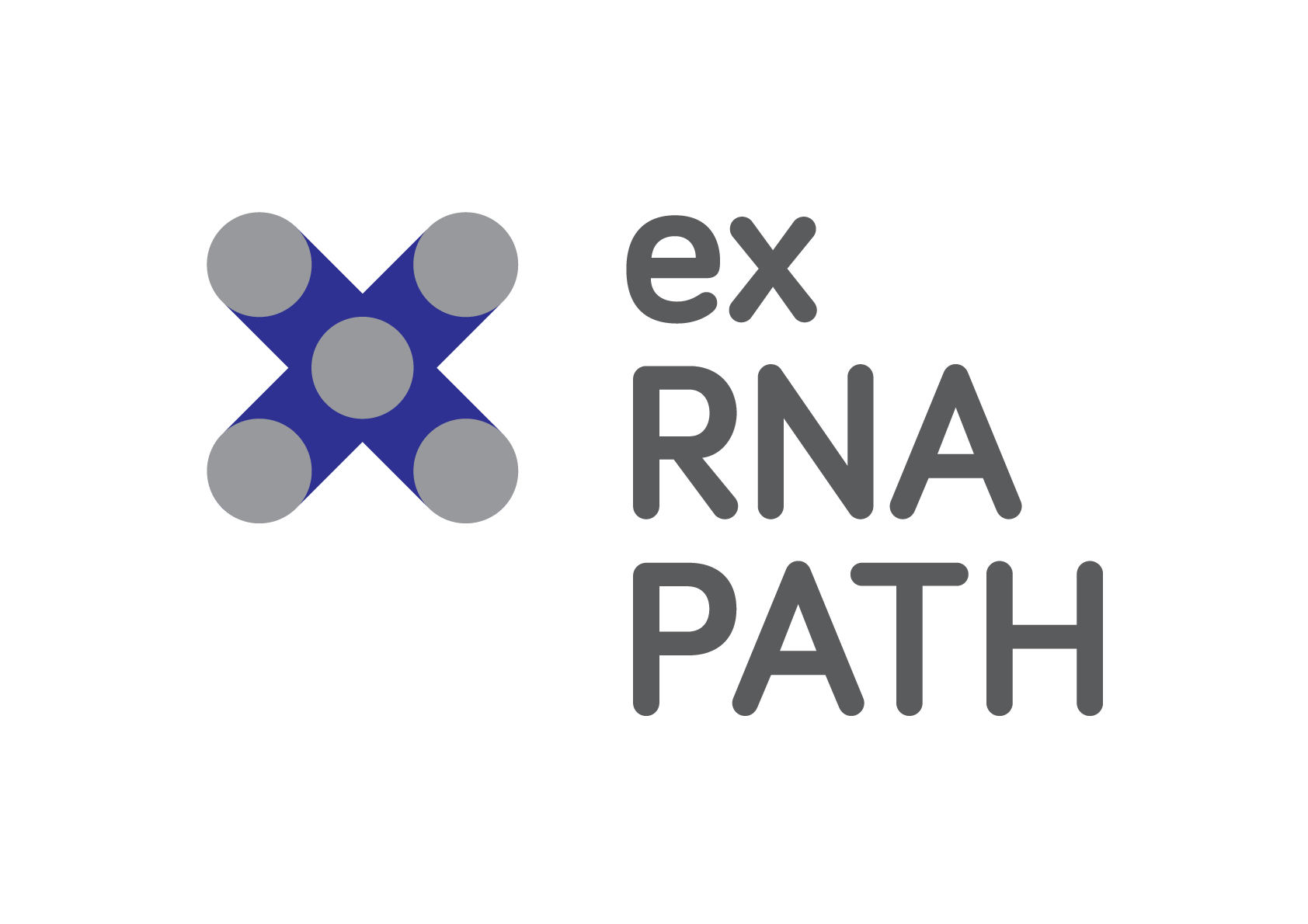Working Group Description
| Number | WG3 |
| Title | Interfering strategies in exRNA communication: translational applications |
| Leader | Lionel Navarro (LN) |
| Rationale & Objectives |
| Although significant amounts of research data on exRNA communication is continuously produced by researchers, there is a gap in translating basic research into application and biotechnology due to a lack of researcher-toindustry connection. To overcome this gap, WG3 will assemble networks of academics and companies that co-ordinately bundle knowledge gain of exRNA-PATH in terms of exRNA biodiversity, functions and mechanisms that will help to develop new RNA-based interfering strategies for applications in biotechnology and drug delivery. We will take advantage of the breadth of knowledge and experience in infection systems in exRNA-PATH to identify the gaps in treatment options in infectious disease where exRNA-based applications and therapies could have maximal impact. WG3 will align research questions and research approaches in order to develop interfering strategies of exRNA communication (R-SOB3). We have built into our network industrial representation and will prioritize identifying variables that must be further considered and addressed for sustainable translational outcomes (C-SOB2). |
| Tasks & Activities |
| · Run a wiki instance on the exRNA-PATH webpage to share implementation ideas for interfering strategies. · Integrate information from functional studies of exRNA communication in plant and animal infection models with cross-disciplinary perspective on microbiome and infection biology. · Organize 3 match-making events to establish new collaborations between researchers and industry representatives (stakeholders) to foster and accelerate translational processes. · Organise 2 WG meetings per year (online or in-person), 1 mid-term review, and 2 STSMs/year. |
| Execution & Membership |
| · Researchers studying exRNAs for disease control in diverse biological systems. · Industry partners with interest in exploiting exRNA achievements in new innovation applications. · Collaborate with WG1 and WG2 to receive input on biological diversity, functions and mechanisms of exRNA communication and deliver interfering strategies to be tested. · Collaborate with WG4 for communication and dissemination with the stakeholders and the public. |
| Milestones (M) & Deliverables (D) | |
| M5 | Release an instance on the exRNA-PATH webpage to share implementation ideas and interfering strategies. |
| M6 | Release a road map for strategies to interfere with or to engineer exRNA communication, such as artificial RNA target mimics, synthetic RNA/EV formulations, synthetic RNA carriers for targeted delivery. |
| M2 | The mid-term review to map progress of WG3. |
| D6 | Publish strategy papers on how to realize innovative applications in health and agriculture by utilizing the gained knowledge of exRNAs that will be acquired through exRNA-PATH. |
| D7 | Release a white paper on the long-term strategy to contribute to the one-health concept and SDGs. |
| D3 | Joint publication with all WGs: reports on data resources, analysis guidelines, original case- studies and reviews in open access journals. |

